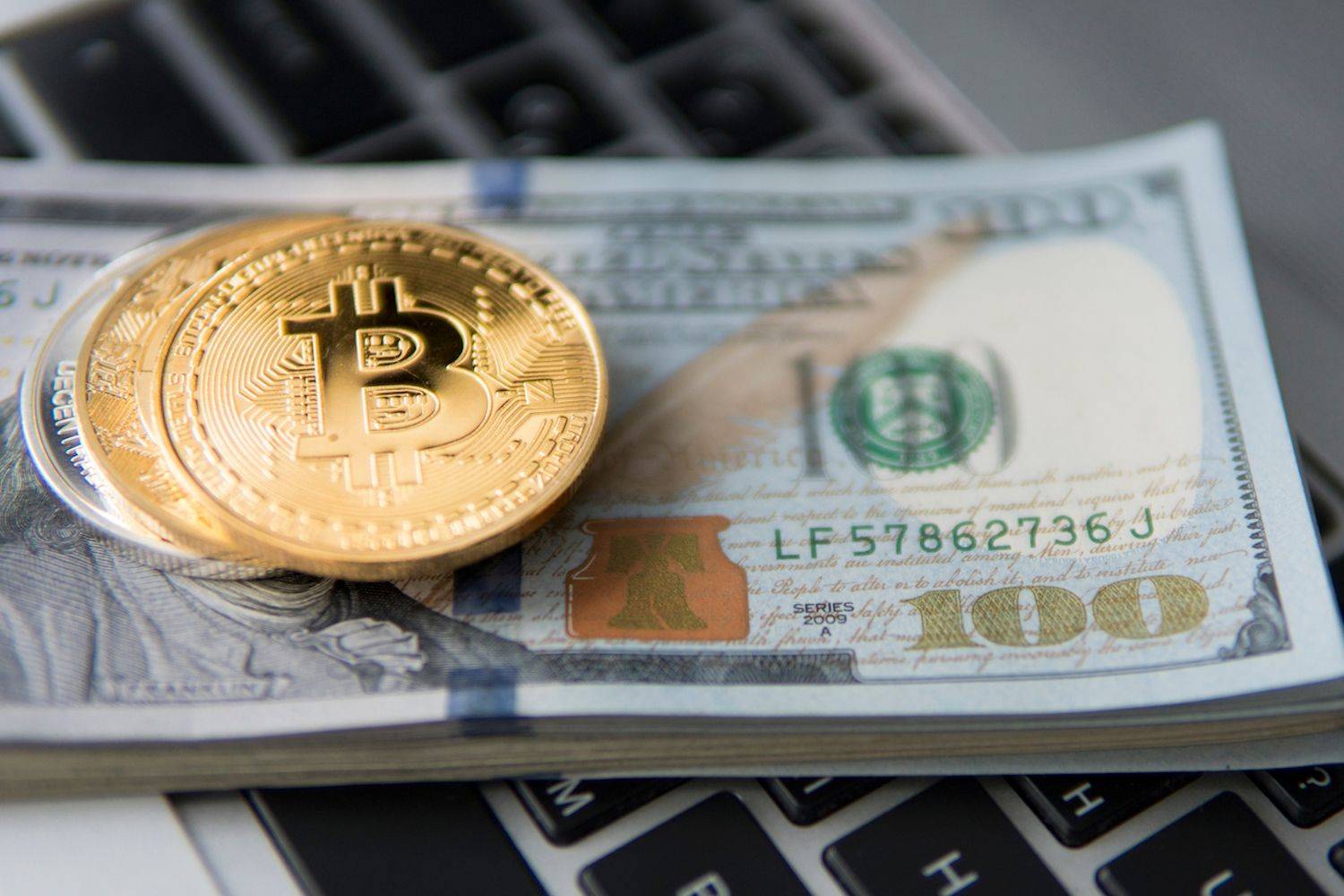The Future of Money: Fiat's Potential Collapse and Solana's Possible Role
The rise of cryptocurrencies, such as Bitcoin and Ethereum, has led to a reevaluation of the traditional monetary system. With concerns about the long-term sustainability of fiat currencies, it is essential to understand the implications of a potential collapse.
Fiat money, a widely accepted medium of exchange, has been the backbone of global economies for centuries. Unlike commodity-backed currencies, fiat money's value is derived from the faith and trust people have in the government that issues it. However, the rise of cryptocurrencies, such as Bitcoin and Ethereum, has led to a reevaluation of the traditional monetary system. With concerns about the long-term sustainability of fiat currencies, it is essential to understand the implications of a potential collapse and the role cryptocurrencies could play in shaping the future of money.
Understanding Fiat Money
Fiat money is a government-issued currency that is not backed by a physical commodity, such as gold or silver. Its value is determined by supply and demand factors, and it is primarily used as a medium of exchange, a unit of account, and a store of value. The global financial system is built on fiat currencies, with the US dollar, euro, and yen being some of the most prominent examples.
The fragility of the fiat system lies in its susceptibility to inflation, currency crises, and devaluation due to excessive money printing by central banks. In response to economic recessions, central banks often resort to quantitative easing – increasing the money supply to stimulate growth. While this strategy can provide short-term relief, it can lead to long-term inflation and loss of confidence in the currency.
Cryptocurrencies: An Alternative Monetary System
Cryptocurrencies, digital or virtual currencies that use cryptography for security, have gained prominence in recent years. Unlike fiat currencies, they are not controlled by any central authority, making them resistant to government interference and inflation. Bitcoin, the first and most well-known cryptocurrency, was created as an alternative to the traditional financial system in the aftermath of the 2008 financial crisis.
Decentralized Finance (DeFi), a rapidly growing sector within the crypto industry, seeks to create a new financial system built on blockchain technology. DeFi platforms offer various financial services, including lending, borrowing, and trading, without the need for intermediaries like banks. This technology aims to create a more inclusive, efficient, and transparent financial system.
The Impact of a Fiat Collapse on Cryptocurrencies
A potential collapse of the fiat system would have far-reaching consequences on the global economy. In such a scenario, cryptocurrencies could become an attractive alternative for several reasons:
- Store of value: As confidence in fiat currencies wanes, investors may seek to preserve their wealth by converting it into cryptocurrencies like Bitcoin, often referred to as "digital gold." This could lead to increased demand and higher valuations for cryptocurrencies.
- Medium of exchange: With the decline in the value of fiat currencies, individuals and businesses may start to adopt cryptocurrencies for everyday transactions. Already, an increasing number of businesses accept crypto as payment, and this trend could accelerate in response to a fiat collapse.
- Decentralization: The decentralized nature of cryptocurrencies provides a level of security and stability that centralized fiat systems cannot offer. As people lose trust in central banks and governments, they may increasingly turn to decentralized digital assets.
- Financial inclusion: Cryptocurrencies offer access to financial services for the unbanked and underbanked populations, which could become even more critical in the wake of a fiat collapse. By leveraging blockchain technology, cryptocurrencies can facilitate cross-border transactions, remittances, and micropayments at a lower cost and with greater efficiency than traditional financial systems. Additionally, even in banked countries such as the United States of America, it can be hard to secure loans without a line of credit, 25k USD minimums are applied to day trading accounts, and to invest in companies one must be an accredited investor. Crypto lifts these barriers for everyone. For example, you can day trade on Drift Protocol with no account minimums, borrow on Sharky Fi/Frakt with the required collateral, and invest in public seed rounds like Mango.
Challenges and Considerations
While cryptocurrencies have the potential to play a crucial role in a post-fiat world, several challenges must be addressed:
- Volatility: Cryptocurrencies are known for their price volatility, which could hinder their adoption as a reliable medium of exchange and store of value. However, the introduction of stablecoins, which are pegged to more stable assets like the US dollar, could alleviate some of these concerns.
- Regulation: The regulatory landscape for cryptocurrencies is still evolving. Governments may seek to impose tighter regulations or even ban the use of cryptocurrencies as the threat to the traditional financial system becomes more apparent. Striking a balance between regulation and innovation will be essential to ensure the viability of cryptocurrencies in the long term.
- Scalability and energy consumption: To accommodate a global user base, cryptocurrencies must overcome scalability challenges and address concerns about energy consumption, particularly for proof-of-work-based blockchains like Bitcoin. Ongoing research and development, such as Solana's proof-of-stake consensus mechanism capable of handling thousands of transactions per second with a net carbon impact of zero, aim to address these issues.
Conclusion
The potential collapse of the fiat money system could pave the way for the rise of cryptocurrencies as a viable alternative. While challenges remain, cryptocurrencies offer unique benefits, such as decentralization, financial inclusion, and resistance to inflation, that make them well-suited to a post-fiat world where Solana is poised to emerge on top. As the global financial landscape evolves, it is essential to monitor the ongoing relationship between fiat currencies and cryptocurrencies and the role they will play in shaping the future of money.


